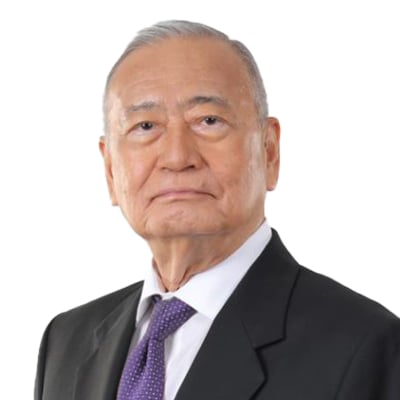Last of two parts
Indirect effects
There would be, of course, indirect effects.
The biggest concern is what China, whose tariff on its exports to the US is a whopping 145 percent, will do. Under such circumstance, US demand for and consumption of Chinese products will go down and thus create a significant production overcapacity in China. The prevailing view is that China will try to prevent or minimize loss of production by exporting goods to other countries at cheaper prices. This move, if successful, will hurt the affected countries' own native production and result in their lower economic growth. The Philippines, quite likely, would be one of those countries. When such development occurs, it may be best for the Philippines to act in concert with other similarly affected countries, and not act alone, when developing and implementing remedial measures.
Theoretically, another adverse effect could be a worldwide economic slowdown, considering that the US is such a big market for non-US goods. A significant fall in US demand for foreign goods will reduce US consumption and consequently will result in reducing economic output by the rest of the world. These reciprocal developments will lead to lower worldwide economic growth that affects every country considering that trade is now very much intertwined among the countries of the world.
I still believe that the leadership of the major countries, including that of the US, is sensible enough not to allow such a worldwide economic slowdown to happen. President Trump himself, it should be noted, takes a step back when subsequent development to his action does not go the way he expected it.
Any potential opportunity for the Philippines?
Much has been expressed recently that the Trump reciprocal tariffs provide an opportunity for the Philippines to be a relocation destination for manufacturing facilities located in the neighboring countries, particularly Vietnam, whose US reciprocal tariffs are much higher than that of the Philippines. This assertion assumes that the resulting Philippine comparative reciprocal tariff advantage trumps other important considerations.
However, I doubt that such an opportunity will develop.
For so many years now, we have tried hard to get foreign direct investments pouring into the Philippines, but we have generally failed. Obviously, there are considerable unfavorable factors characterizing the Philippines that make us less competitive with other countries. Whatever these unfavorable factors are, they have not changed but remain the same. Moreover, transferring a manufacturing facility from one country to another is a monumental decision and its evaluation involves many long-term considerations. A country's tariff condition for its exports is less difficult to change than another country's non-tariff inherent unfavorable conditions.
Conclusion
The direct effects of the Trump reciprocal tariff on the Philippines would not be significant in relation to the total size of our economy because the total amount of our exports to the US is small and a great proportion of it is in electronic products the value of which is illusory because much of such value comes from the cost of electronic components that we import from the US and form the finished products.
There are possible indirect effects that we should be wary of and if and when they occur, we should take remedial measures, preferably in concert with other countries. It must also be noted that the full implementation of the Trump reciprocal tariffs is still very much in a state of flux. It may likely be still influenced by factors that are currently developing both from outside the US and from inside the US itself.
The major countries are developing measures to counter the expected effects of these reciprocal tariffs or taking steps to influence the eventual size of these reciprocal tariffs. In the US itself, there are continuing expressions of objections to the reciprocal tariffs. In addition, there are pending lawsuits questioning the authority of the US president to raise tariffs without the consent of the US Congress. These lawsuits will certainly reach the US Supreme Court.
Moreover, there has recently been a big sell-off of long-term US government bonds that resulted in lowering the value of such bonds and, reciprocally, increasing their effective interest costs. Such increase in interest costs, in turn, will make future US government borrowings more expensive. Such sell-offs may continue and at higher volumes which certainly will get the concern of the US leadership. This flurry of activities may influence to a large extent the final shape and effect of Trump's reciprocal tariffs.
A sensible end may still be in the offing.
As published in The Manila Times, dated 21 May 2025




